
ASUS has already given a definite date for the release of the ZenFone 5 series here in the Philippines. On the public event invite that ASUS has circulating around Facebook, the ZenFone 5 series will arrive in the Philippines on April 14, 2018.

But before that momentous occasion arrives, we have a review of the runt of the litter; the ASUS ZenFone 5Q. Meant to be the most accessible smartphone in the upcoming ZenFone 5 series, the 5Q (known as 5 Lite in some regions) have decent specifications and carries over the design philosophies that the ZenFone 3 started. We’ve already had an unboxing and first impressions of the 5Q. The first part of this review will focus on the design and features of the 5Q like in our previous article. The second part, however, will center on the overall performance of the smartphone. Let’s get on with it.
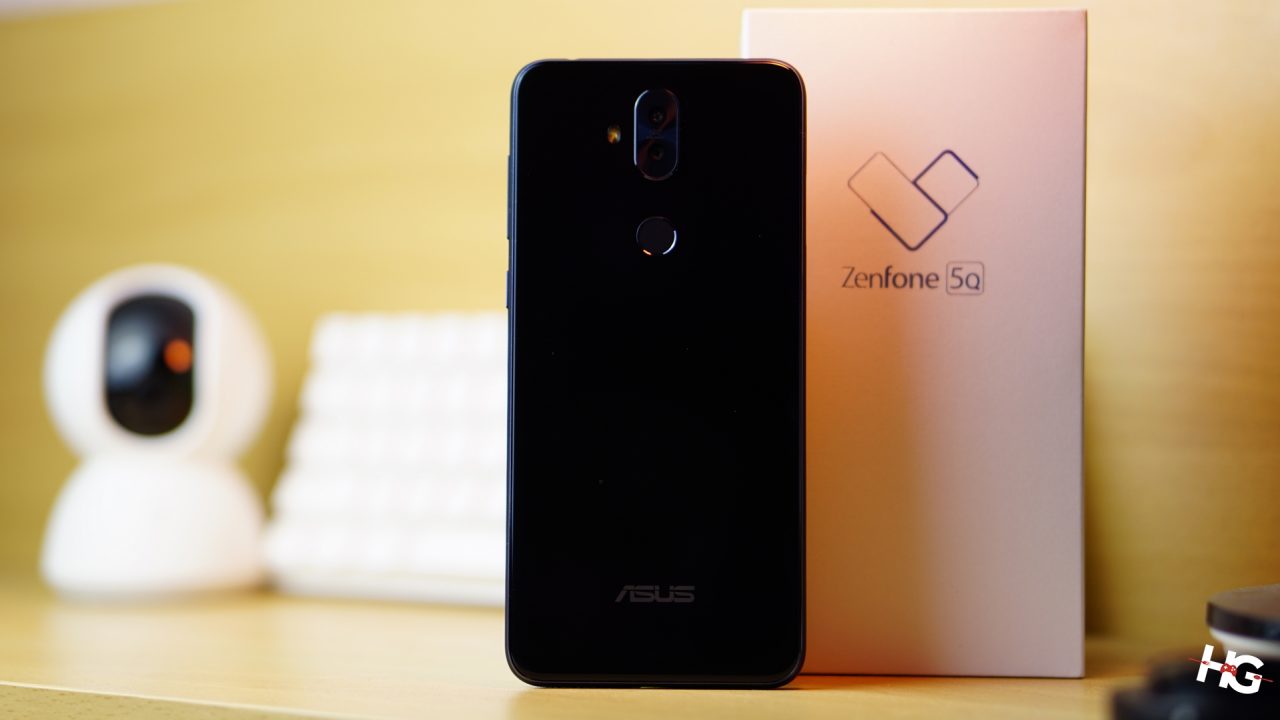
| Chipset | Qualcomm Snapdragon 630 |
| Screen | 6.0-inch IPS, 18:9, 2160 x 1080, 2.5D Glass |
| RAM | 4GB |
| OS | Android 7.1.1 with ZenUI 4.0 |
| Rear Camera | 16MP Sony IMX 376 Primary, 5MP wide-angle secondary, PDAF, LED Flash |
| Front Camera | 20MP primary, 8MP 120° wide-angle secondary, PDAF, LED Flash |
| Storage | 64GB expandable via dedicated microSD slot |
| Network | Dual-SIM, 4G LTE |
| Connectivity | Wi-Fi, Bluetooth 4.2, GPS, A-GPS, Gyroscope, Fingerprint Scanner, Face Unlock |
| Battery | 3,300mAh |
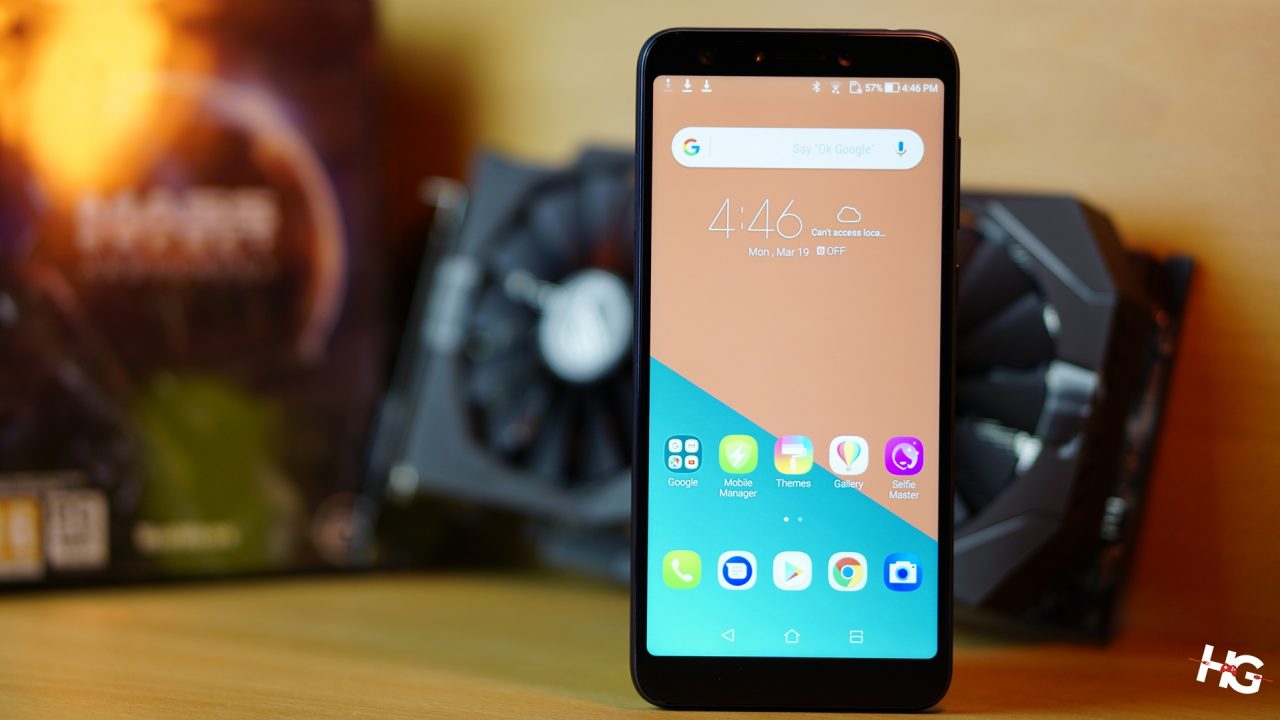
The ASUS ZenFone 5Q shares the same design as the ASUS ZenFone Max Plus M1. This means that the 5Q has a 6.0-inch 18:9 display with a resolution of 2180 x 1080 instead of a notched display like its bigger siblings. The display also comes with 2.5D glass that’s further enhanced by an optical coating. The colors found on the 5Q’s display are well-saturated without being too harsh on the eyes. There’s no noticeable color shifts are noticeable with the 5Q when looked at from weird angles.
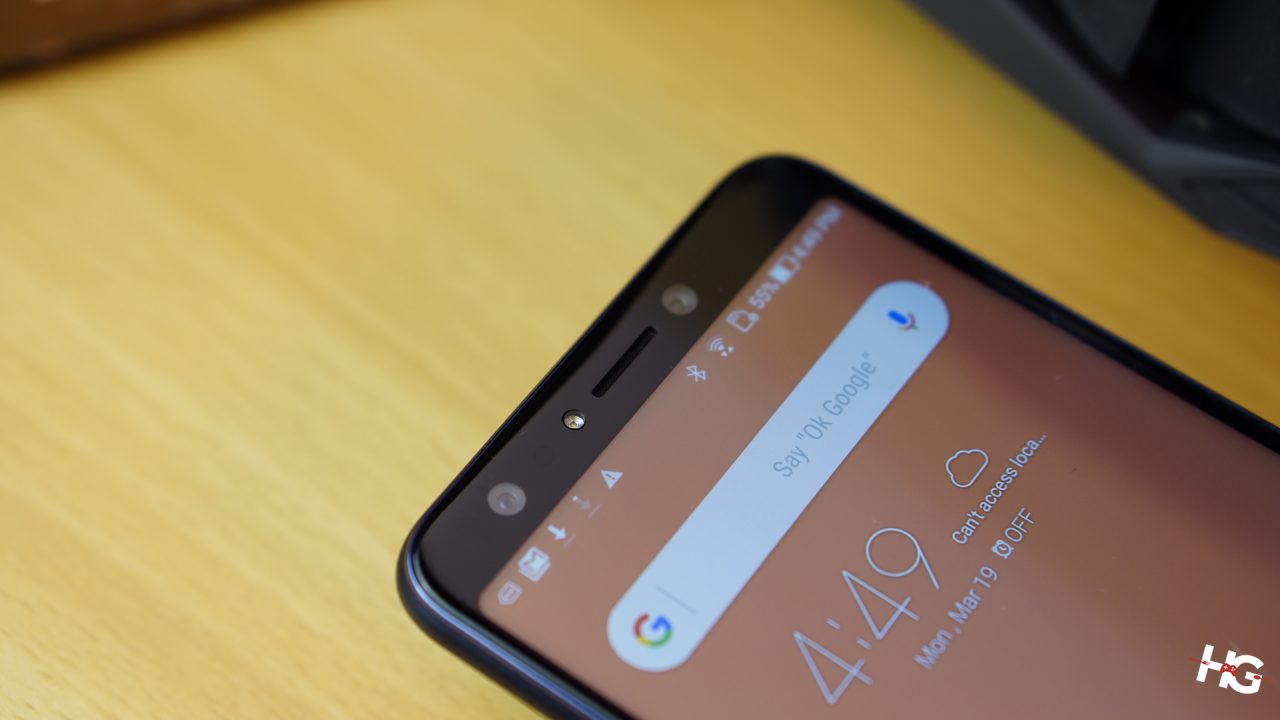
The ZenFone 5Q does have quad cameras. Two of them are found at the front, which are composed of a 20MP primary selfie camera powered by a Sony IMX 376 sensor while the secondary front-facing camera is an 8MP 120° wide-angle shooter. Under low-light conditions, there’s a dedicated LED flash at the front to help you capture better selfies or groufies (wefies as ASUS likes to call it). The front-facing cameras also allow the 5Q to have face recognition to unlock your smartphone with just your face.
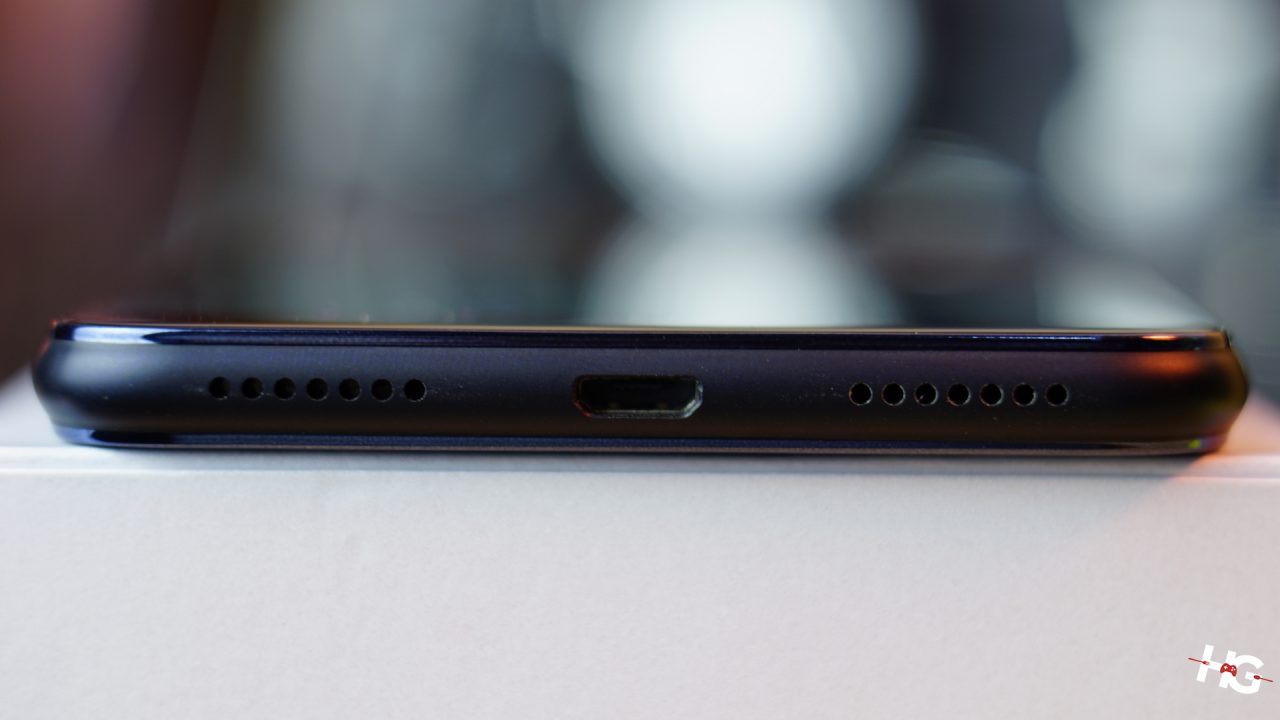
Down south are the 5Q’s speaker and microphone grilles as well as a microUSB connection that charges the 3,300mAh battery of the smartphone. We would have liked the 5Q to have a USB Type-C instead of an aging microUSB connection.
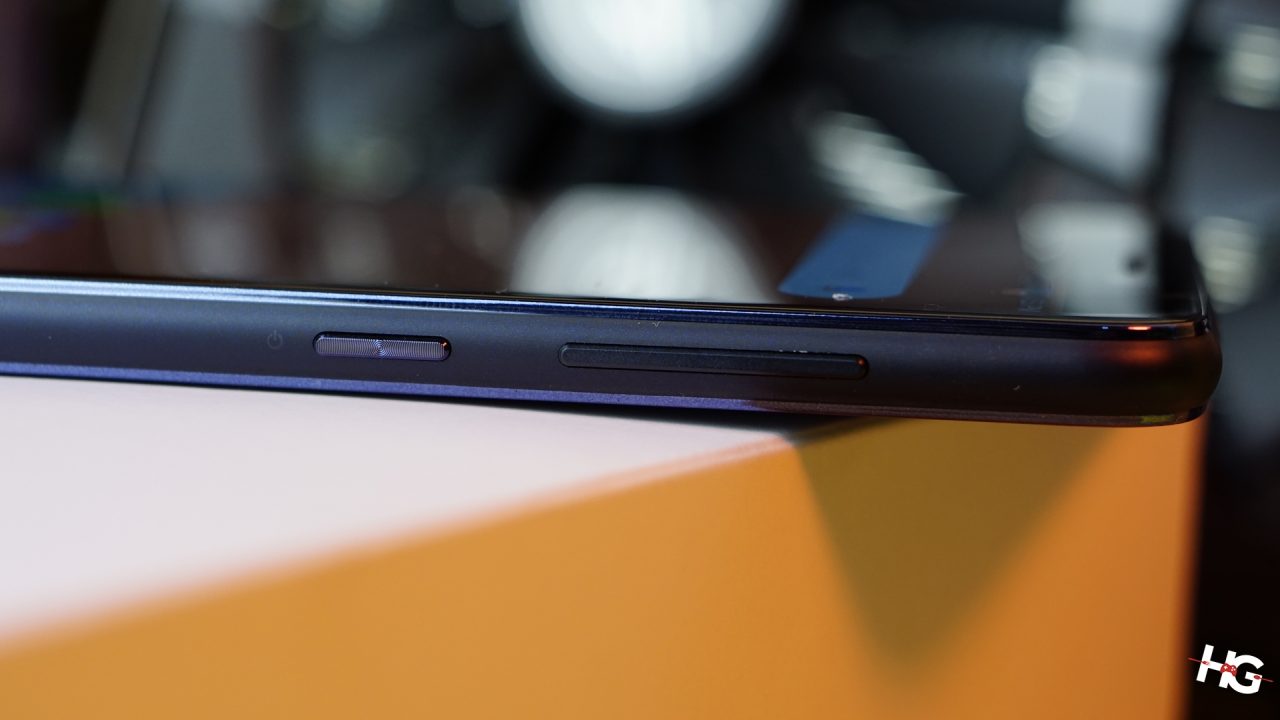
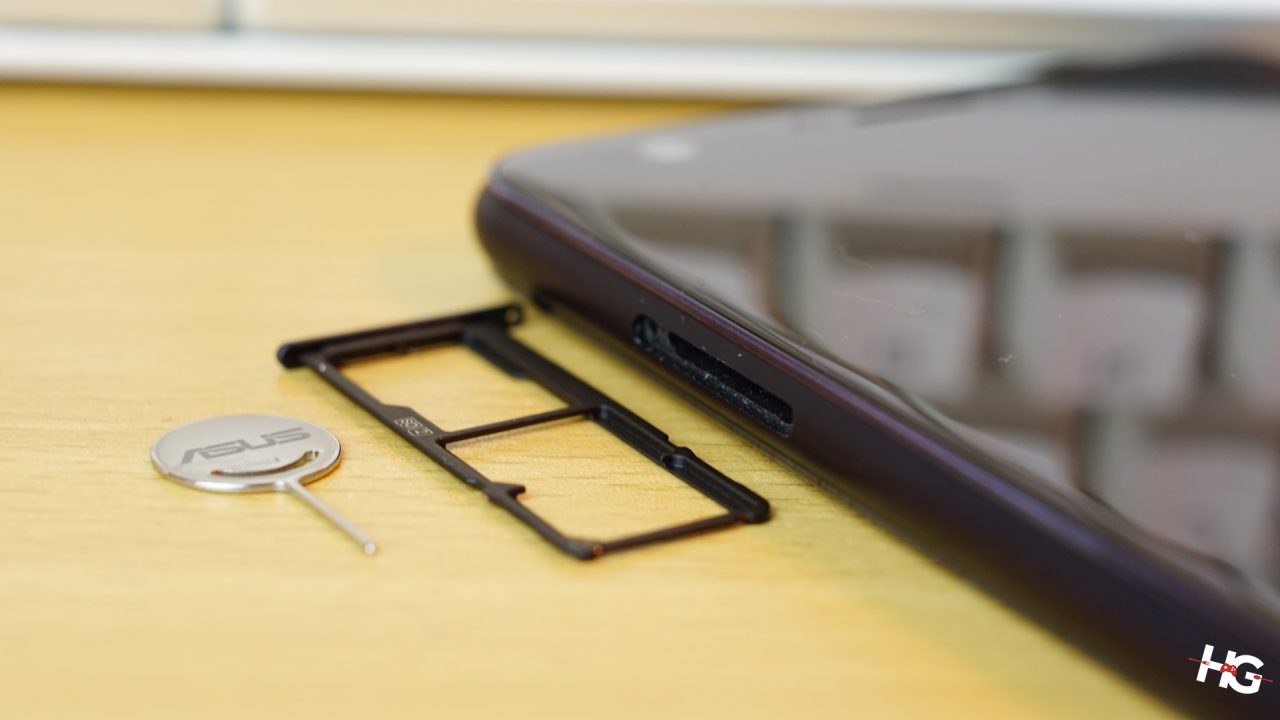
The volume rocker and power button are located at the right-hand side of the 5Q. On the other side is its triple slot SIM tray that allows users to use two SIM cards as well as a microSD card to expand the 64GB internal storage of the smartphone.
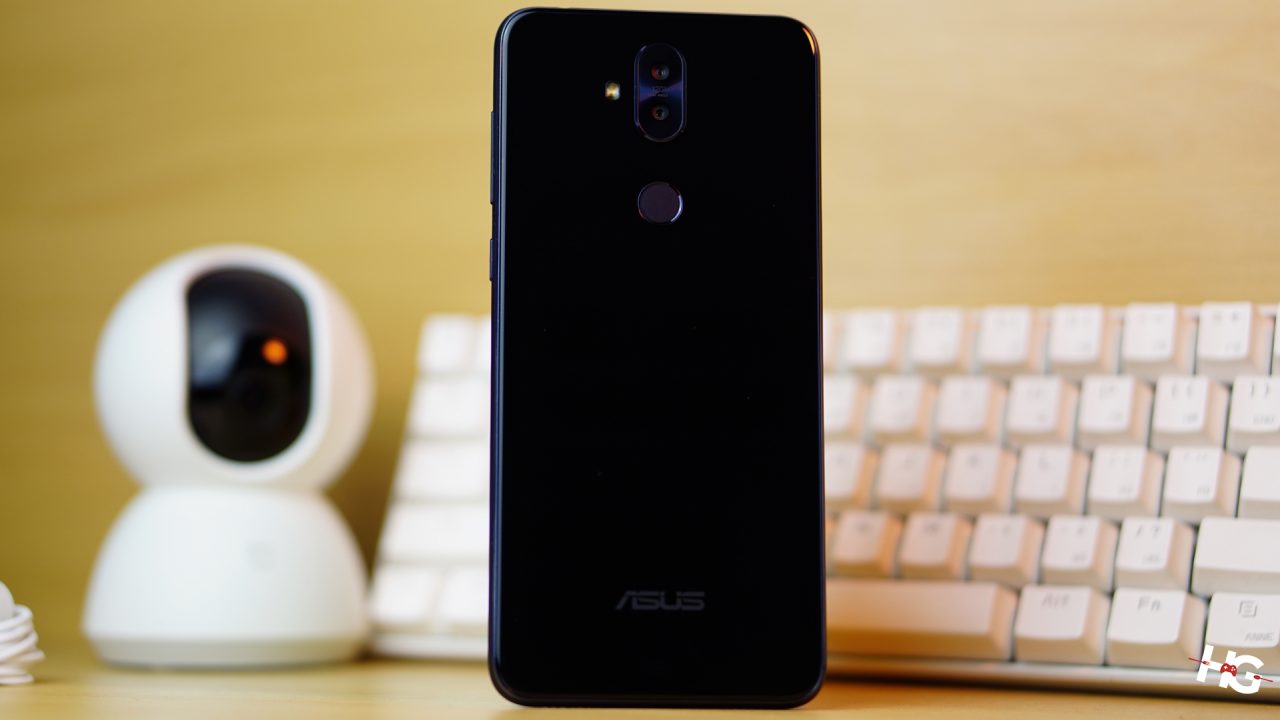
The ZenFone 5Q retains the shiny rear that was started by the ZenFone 3. As we’ve said before, this design choice is pretty when it comes to photos and press renders. In actual use, however, it’s a bit of a hassle. The rear attracts fingerprints and dust like a rare-earth magnet.
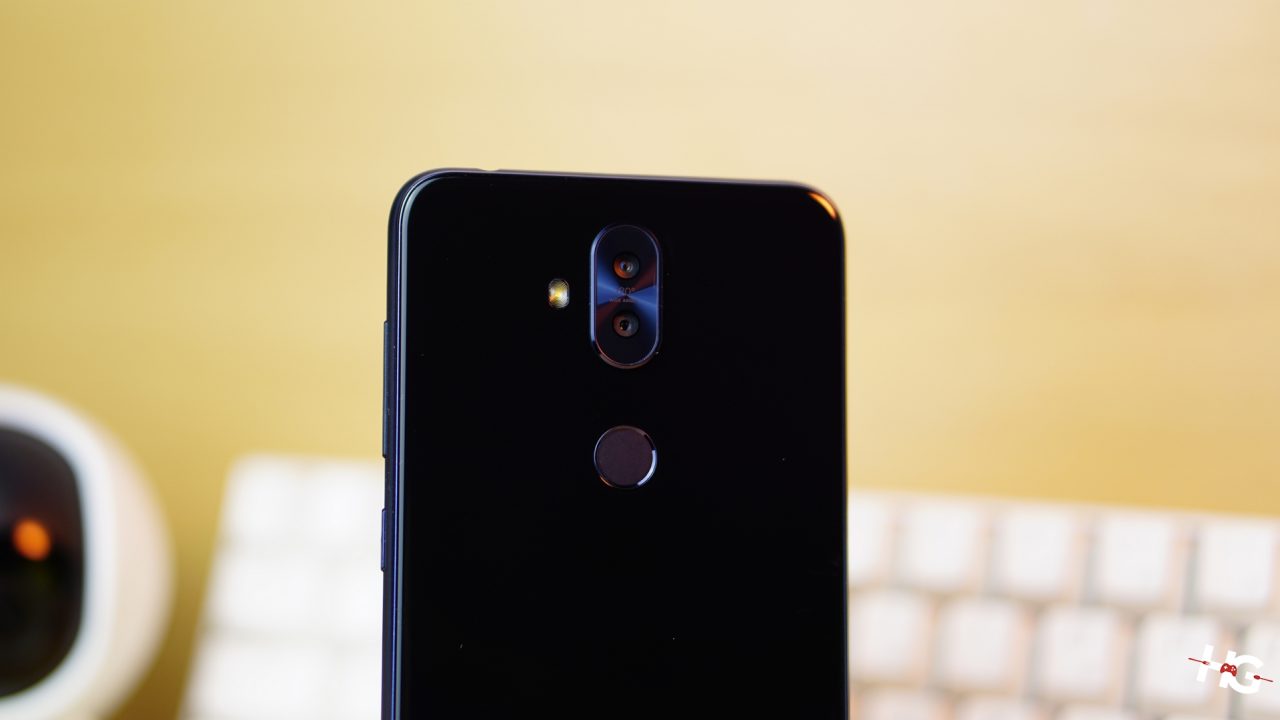
The rest of the cameras are found at the back along with a fingerprint scanner if you don’t want to use the face recognition feature of the 5Q. The 5Q has a 16MP primary camera and a 5MP wide-angle secondary shooter. Both cameras are backed by a dedicated LED shooter and supports phase-detection autofocus that focuses on a subject, according to ASUS, in just 0.03 seconds.
Out from the box, the ZenFone 5Q seems like a solid enough smartphone. It has all the modern amenities that you’d expect from a smartphone like a 6.0-inch 18:9 display, quad cameras, and a modern and minimalist design.
The ASUS ZenFone 5Q currently runs on Android 7.1.1 with ASUS’ ZenUI 4.5 on top. Like their most recent smartphones, most bloatware has been removed from the 5Q. There’s barely any software installed on the 5Q aside from the bare necessities like messaging apps, camera apps, and Google apps.
There is a traditional app drawer on the ZenUI 4.5 that can be accessed by swiping up from the bottom of the screen. Features like multi-windows apps are supported by the 5Q although some apps dislike this mode, which is not the fault of the smartphone.
Like the ZenFone Max Plus M1, the Face Recognition on the 5Q does work most of the time. There are instances that the Facial Recognition software decides not to unlock the smartphone even with our face directly in front of it. Performance in low-light conditions remain the same with the cameras sometimes failing to detect our face.
The camera app in the ZenFone 5Q delivers all our favorite options found in other ZenFone smartphones. The app supports manual mode or Pro mode, which allows you to fiddle around with settings such as ISO, Shutter Speed, White Balance and Exposure settings of the camera although there’s no aperture control.
Making a comeback and features such as Beauty, Super Resolution, Panorama, GIF, and Time Lapse on the 5Q that can be accessed by swiping down from the camera app. 8 filters can be found by swiping up if you want to add some flare on your photos.
The rear 16MP primary a 5MP secondary cameras do justice on their subjects. The 16MP camera delivers natural looking sceneries while the 5MP wide-angle secondary lets you fit in more subjects in the frame. The colors on the secondary camera, however, is a bit more saturated but not overly so. The decreased pixel count also removes some of the detail when photos are scrutinized up close.

The 5Q’s front-facing cameras, like its siblings at the rear, do a great job taking natural-looking selfies. Colors are saturated well-enough while the secondary camera doesn’t lose much detail unlike its 5MP counterpart at the back.

Beautification from the Selfie Master app is a bit aggressive. Even at its medium settings, selfies are cartoonish even at good lighting. Better back off from the beautification if you want selfies that reflect the real you.
The ASUS ZenFone 5Q uses a Qualcomm Snapdragon 630 with 4GB of RAM to bring performance to its users. We didn’t encounter any experience-breaking bugs with the 5Q and we were able to play games at decent settings without too much of a hassle.

Our benchmarks reflected the experience we’ve had with the 5Q. The smartphone was able to reach a score of 87298 with AnTuTu and a score of 4871 in PCMark Work 2.0 benchmark. Pretty expected numbers from a Snapdragon 630-powered smartphone.
The 3,300mAh battery inside the ZenFone 5Q was able to power the device for a lengthy amount of time. With our day-to-day tasks of Internet browsing, YouTube videos, and working, the 5Q was able to last around a day and a half from a single charge.

Unfortunately, our usual battery benchmark on the 5Q isn’t working currently. We’ve tried resetting the smartphone and re-downloading the app to no avail. We’ll update this review once we have numbers to objectively show the battery performance of the 5Q in a controlled setup.
The 5Q does not officially support fast-charging but it does charge pretty fast. From 20% to a full charge only takes at around an hour and fifteen minutes, which is pretty fast considering that it doesn’t have fast charging.
Set to launch on April 14, 2018, the 5Q, based on what we’ve seen is a remarkable device from ASUS. IT delivers great performance and the cameras take photos like a champ. Unfortunately, we don’t have the official price of the ZSUS ZenFone 5Q just yet. But based on what they’ve announced in MWC 2018, we believe that the 5Q will retail at around USD 250.

With its great performance, build quality, and decent camera performance, we’ll be giving the ASUS ZenFone 5Q our Value Smartphone award. We can’t wait until the ZenFone 5Q is unveiled to the public next month in order to serve its avid fans.
